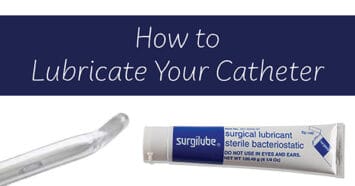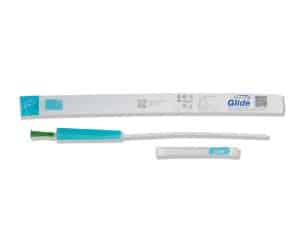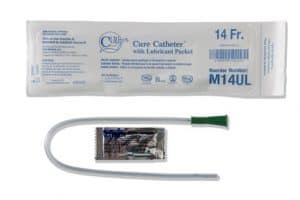The benefits of hydrophilic catheters are plenty. Maintaining comfort and ease during self-catheterization is crucial for individuals who require it regularly. Hydrophilic catheters have emerged as a remarkable innovation in medical devices, offering a range of benefits that significantly improve the patient experience. These catheters are designed to interact with moisture, making them incredibly smooth and lubricated when exposed to water. This unique feature presents several advantages to patients’ comfort and overall well-being.
In this blog post, we will discuss hydrophilic catheters, their benefits, and innovative technology that can help provide an even more comfortable and safe self-catheterization experience.
What are Hydrophilic Catheters?
Unlike uncoated catheters that require manual lubrication and are less sterile, hydrophilic catheters have a specialized polymer coating bonded to the catheter’s surface. This coating becomes smooth and slippery when it comes into contact with either water or sterile saline. Once the hydrophilic coating is activated, friction is almost reduced to nothing upon insertion and removal of the catheter. These catheters are designed to minimize the risk of contamination due to their design and are viewed by many as a beneficial innovation in the catheter world. Most are prepackaged in sterile water, or a small pouch of sterile water is broken and released into the package when the patient is ready to use the catheter.
If the hydrophilic catheter you are using has a sterile saline packet, you must first activate the hydrophilic properties of the catheter by releasing the solution.
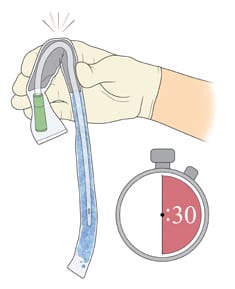 To do this, follow these four steps:
To do this, follow these four steps:
- Unfold the package
- Fold the water packet about halfway
- Apply pressure with your thumb and forefinger to burst the package and release the saline solution
- Allow at least 30 seconds to fully hydrate
Four Benefits of Hydrophilic Catheters
1. Reduced Friction and Discomfort
One of the most significant benefits of these catheters is their ability to minimize friction during insertion and removal. When wet, the catheter’s hydrophilic coating becomes slippery, resulting in a smoother glide in and out of the urethra. This reduces discomfort, irritation, and potential trauma to delicate tissues, making the catheterization process less invasive and tolerable.
2. Enhanced Convenience
Hydrophilic catheters are pre-lubricated, eliminating the need for additional catheter lubricants. This simplifies the catheterization process and makes it more discreet and convenient, especially for individuals on the go. The ready-to-use feature ensures that patients can maintain their self-catheterization routine without carrying extra supplies.
3. Minimizes the Risk of Infection
Proper hygiene is critical when it comes to self-catheterization. The hydrophilic coating on these catheters aids in reducing friction and trauma, reducing the risk of infection and urethral damage. The smooth, slippery surface discourages bacterial adhesion, helping maintain a cleaner insertion process potentially lowering the chances of urinary tract infections (UTIs) and other complications.
4. Improved Patient Confidence
The self-catheterization process can be daunting or intimidating for many patients at first. Hydrophilic catheters offer a solution that promotes patient confidence. The reduced friction, minimal discomfort, and ease of use create a more positive self-catheterization experience. This can lead to increased compliance with the doctor-recommended catheterization schedule, helping to ensure overall health outcomes.
GentleCath FeelClean Technology: Redefining Comfort
Among the various hydrophilic catheters available, the GentleCath with FeelClean Technology stands out as a prime example of patient-centric innovation. This technology is designed to provide an even more comfortable and hassle-free catheterization experience. The FeelClean Technology harnesses the power of a next-generation hydrophilic coating, making the catheter surface incredibly smooth and lubricated. As the catheter interacts with water or a 0.9% sterile saline solution, it activates the hydrophilic properties, rendering the catheter virtually frictionless.
This innovation ensures a gentler insertion process and contributes to a higher level of cleanliness. The reduced friction helps prevent irritation and potential complications, while the pre-lubrication eliminates the need for additional catheter lubricants. Patients can confidently carry out their self-catheterization routine with less stress and ease, ultimately improving overall well-being.
Shop GentleCath with FeelClean Technology
Summing it Up
As one can see, the benefits of hydrophilic catheters are exceptional. The landscape of self-catheterization has been reshaped by these catheters, as demonstrated by innovations like GentleCath FeelClean. Their capacity to reduce friction and discomfort, enhance convenience, minimize the risk of infection, and improve patient confidence marks them as a revolutionary option for those who require self-catheterization. As medical technology advances, it is reassuring to acknowledge that pioneering solutions such as hydrophilic catheters place patient comfort and well-being at the forefront.
More Top-Selling Hydrophilic Catheters
Disclaimer: The information provided in this blog is intended for general informational purposes only and should not be considered a substitute for professional medical advice, diagnosis, or treatment.
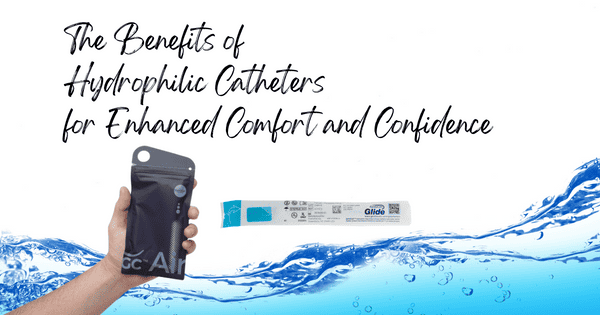

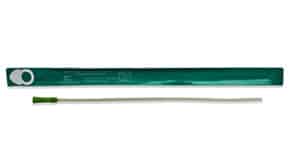
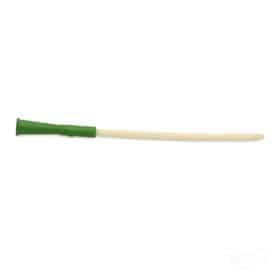
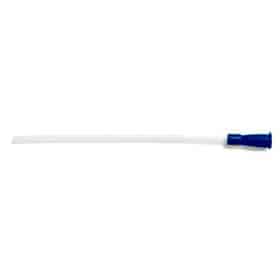

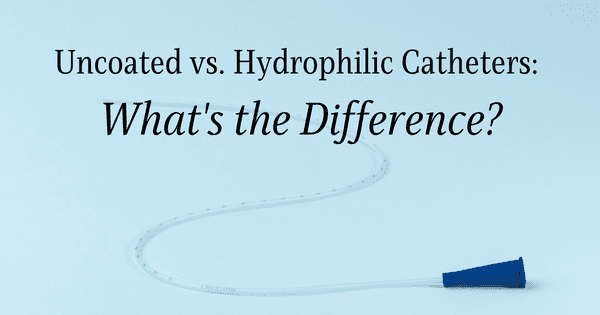
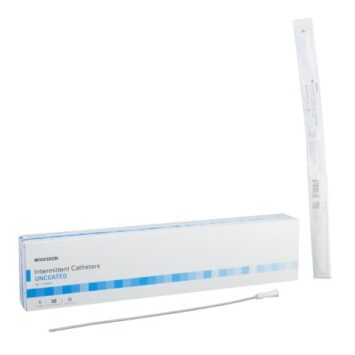

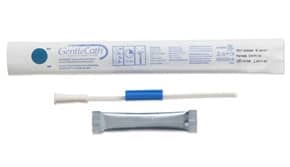



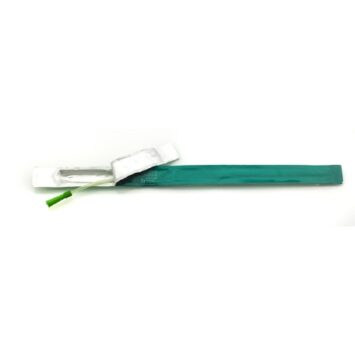
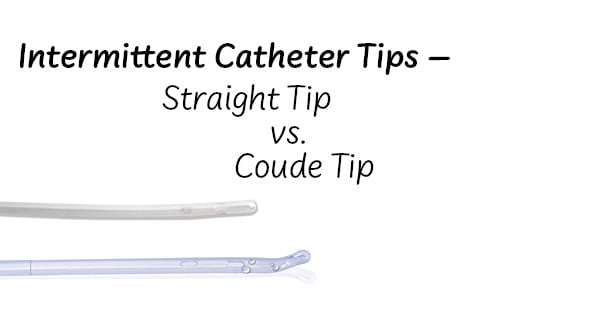
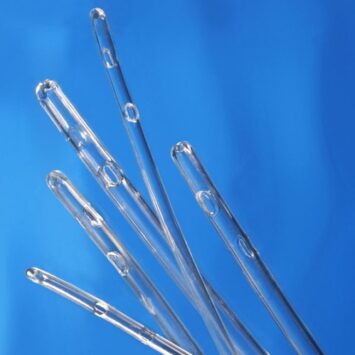
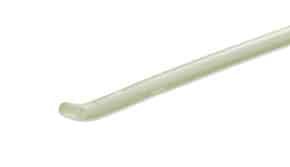
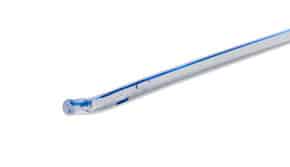 Within the coude catheters, there are two variations. The
Within the coude catheters, there are two variations. The 